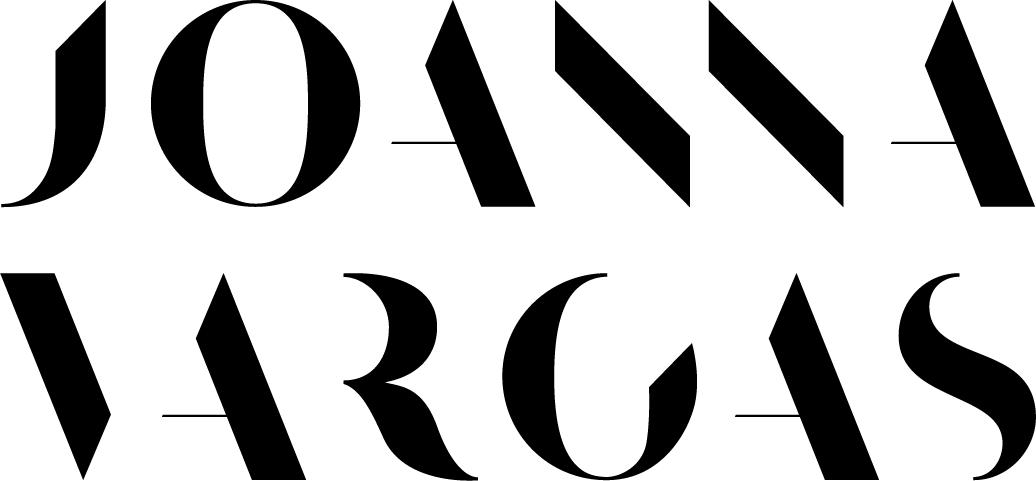Did You Know NASA Developed LED Lights To Grow Plants in Space?

Can light help wounds heal faster? Alleviate pain? Rejuvenate and heal the skin?
For decades, research has suggested that it can, with findings supported by extensive studies funded by NASA. Yet, despite the mounting evidence, the revolutionary potential of red and near-infrared light therapy hasn't always received the recognition it deserves.
One reason might be that the science behind it is not widely understood. In 1903, a Danish physician received a Nobel Prize for discovering that concentrated red light accelerated the healing of sores. However, without a clear understanding of why it worked, he hesitated to fully embrace the practice.
Another challenge to its acceptance has been the sheer incredulity of the claims. In a 1989 paper on the health benefits of low-powered laser light, biophysicist Tiina Karu remarked that the treatment seemed “highly incredible and even mysterious.” Moreover, its effectiveness across a wide range of ailments further fueled skepticism, making it appear like a snake-oil cure-all.
Karu proposed that red light therapy could improve overall cell function by stimulating mitochondria, which are the powerhouses of animal cells. This stimulation could enhance cell production, reduce oxidative stress—a major contributor to inflammation, aging, diabetes, cancer, neurodegenerative diseases, and other illnesses—and promote healing.
Today, it is understood that red and infrared wavelengths are absorbed by cytochrome C oxidase, a key enzyme in cellular metabolism, and possibly other light-sensitive chemicals, triggering a cascade of beneficial effects within cells.
NASA’s Accidental Discovery: From Space Plants to Healing Light
The breakthrough in understanding light therapy's potential came through a NASA-funded project in the late 1980s. Engineer Ron Ignatius, working with the Wisconsin Center for Space Automation and Robotics (WCSAR), collaborated on using light-emitting diodes (LEDs) to grow plants in space. The LED technology, primarily using red and blue light to drive photosynthesis, was instrumental in growing potatoes on the space shuttle in 1995.
During this research, NASA scientists noticed something intriguing: abrasions on their hands seemed to heal faster when exposed to these LED lights. This accidental discovery led NASA to explore the medical potential of red and near-infrared light, particularly in addressing the challenges of muscle and bone atrophy and slow wound healing in the gravity-free environment of space.
Ignatius, intrigued by the medical possibilities, connected with neurologist Harry Whelan at the Medical College of Wisconsin to explore further. Between 1995 and 2003, a series of NASA-funded experiments demonstrated that high-intensity red and near-infrared LEDs could significantly accelerate the healing of oxygen-deprived wounds in rats and enhance the growth and proliferation of skin, bone, and muscle cells.
Red and Near-Infrared Light in Aesthetic and Med Spa Applications
Today, the benefits of red and near-infrared light therapy extend far beyond wound healing and pain relief, finding a prominent place in the fields of aesthetics and med spas. These wavelengths are now harnessed to rejuvenate and heal the skin, offering a non-invasive method to combat the signs of aging and promote overall skin health.
In aesthetic treatments, red light therapy is praised for its ability to stimulate collagen production, which is essential for maintaining skin elasticity and reducing wrinkles. The therapy also improves blood circulation and cellular energy production, leading to a more radiant and youthful appearance. This makes it a popular choice for those seeking to reduce the appearance of fine lines, wrinkles, and age spots, and to improve skin tone and texture.
Moreover, near-infrared light therapy is gaining recognition for its deeper penetration into the skin, making it effective for treating inflammation, reducing pain, and speeding up the healing process post-treatment. This has made it a valuable tool in med spas for enhancing the results of other cosmetic procedures and promoting faster recovery.
Devices like Quantum Devices’ WARP 10 and WARP 75, initially developed for military and medical use, are now being adapted for aesthetic applications. These devices, cleared by the U.S. Food and Drug Administration (FDA) for the temporary relief of minor muscle and joint pain, arthritis, and muscle spasms, are increasingly being used in med spas to deliver targeted light therapy treatments that rejuvenate and heal the skin.
The Future of Light Therapy in Skin Care
As understanding of red and near-infrared light therapy grows, its applications in aesthetics and med spas are likely to expand. With its proven ability to enhance cellular function, stimulate collagen production, and promote healing, this technology offers a powerful tool for skin rejuvenation and overall wellness. Whether for reducing wrinkles, improving skin tone, or accelerating recovery post-treatment, light therapy is set to become an integral part of the beauty and wellness landscape.
The future of skincare may indeed be brighter, thanks to the healing power of light.






